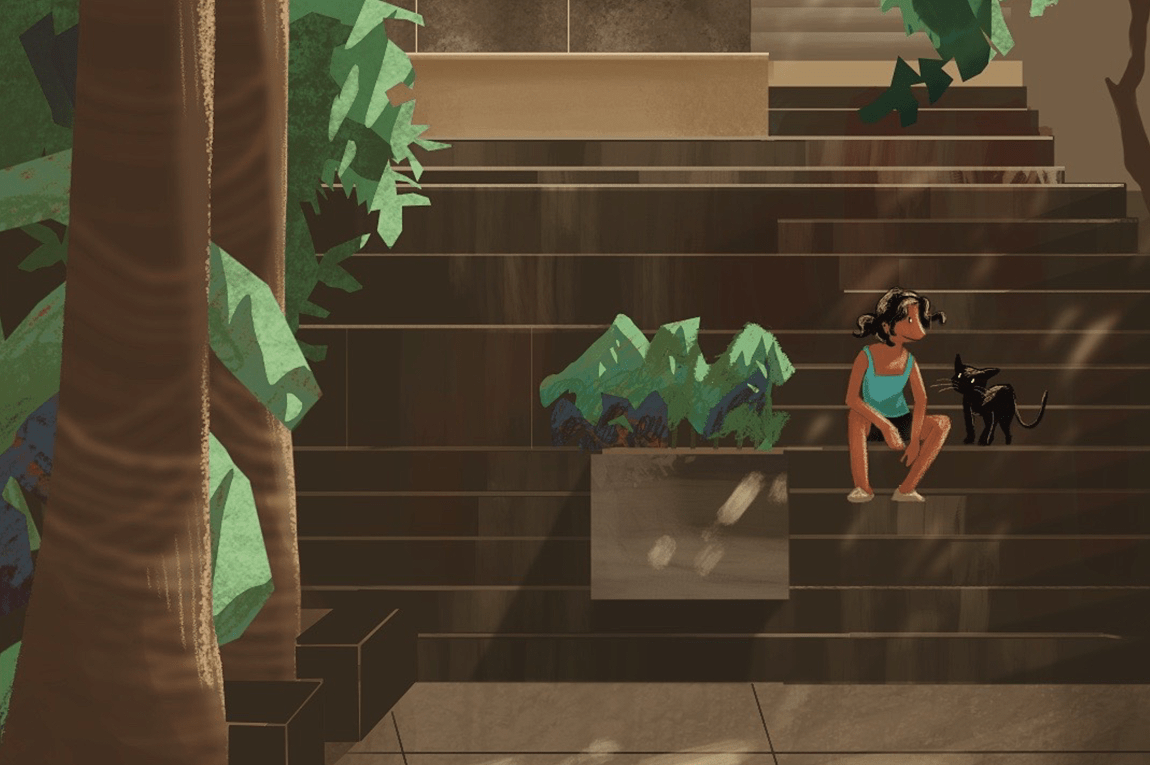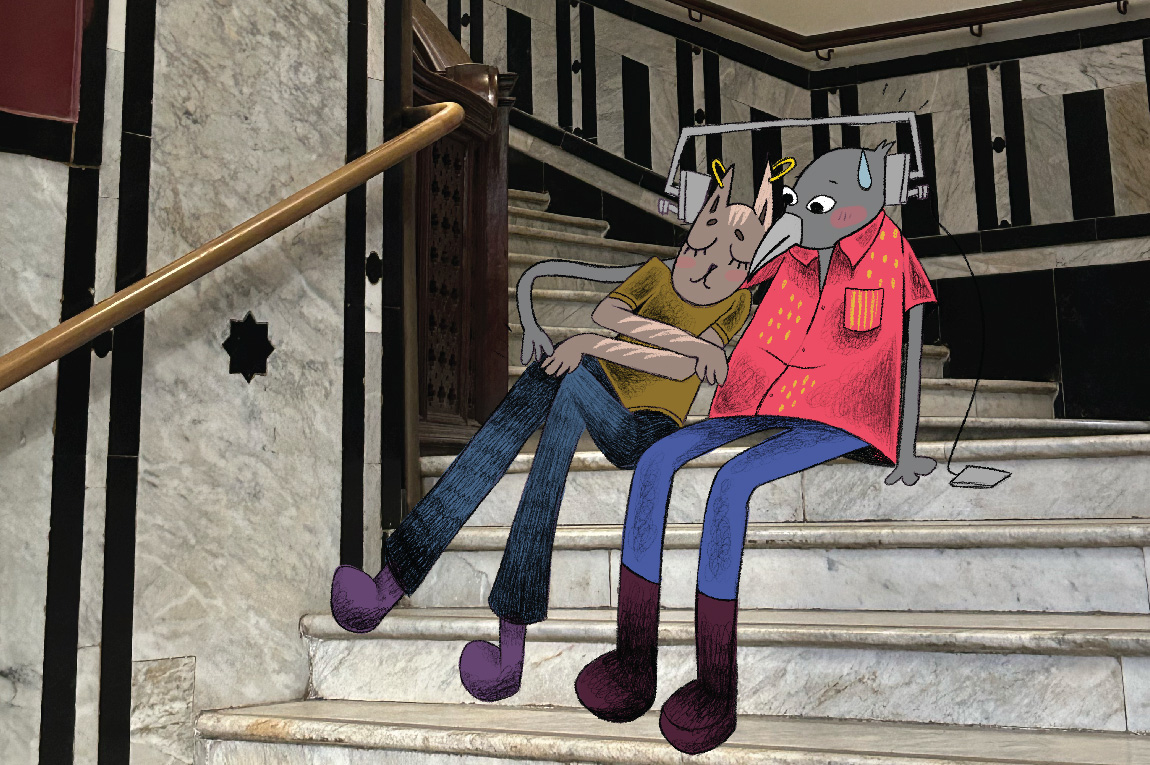Gem is a break from everything I am supposed to be running after in my life. It’s the exact silence I need after I have had too much of the city’s noise. It’s like a secret from the past that I can conjure up in flesh and blood almost anytime I want to find comfort in the present.
I was adopted by Mumbai 15 years ago, and despite my regular complaints, it will always claim the majority of my heart. To use an apt cliché, it’s made me everything I am today. Over the years, I have managed to find my hidden gems in the city, places that let me be and let me breathe. One of these gems is, of course, Gem (pun intended), and what makes it really special is that it’s remained the same, with all its endearing peculiarities, since the day I was first introduced to it.
Gem is one of seven theatres that make up G7 Multiplex, a chunky peach-pink building situated along the train tracks in the city’s cool, suburban neighbourhood of Bandra. The multiplex is better known as Gaiety-Galaxy, a beloved and iconic landmark. It opened in 1972, with the Bollywood film Seeta aur Geeta. Gaiety, Galaxy, and Gemini came first, and then when multiplexes opened a couple of decades on, the owners decided to utilise the extra space they had by launching Glamour, Gossip, Grace and Gem.
Located on the first floor and usually screening English movies, Gem is a 46-seater theatre with a smaller screen than the others that instantly makes it a more intimate experience, and one of the other main reasons why I like it so much. When I speak to Manoj Desai, who founded and runs G7 (and also interestingly, one of Bombay’s other famed theatres: Maratha Mandir), he proudly says that Gem was ‘designed’ completely in-house — the designs were pretty much sketched out in his own cabin.
While the building is a good reflection of its time, embodying the simple, utilitarian concrete aesthetic that was common during the ’70s, inside, each and every corner of Gem theatre, in particular, has an arresting element. Gem’s visual story begins with a red neon sign outside the entrance. Once you enter, a confluence of colours emerges in geometrical shapes to vie for your attention, looking less bright than they would because they’re subdued by dim yellow lights. The old-fashioned seats, which barely recline, are a complete contrast to cushy, modern-day multiplex seats. The ceiling is patterned with red and white colours. The screen — Dolby Digital — is snugly wrapped up with twinkly fairy lights. There is something strange, wonderful and truly unique about its haphazard yet endearing interiors.
I am not trying to romanticise its run-down shape, but that the theatre has not been given a facelift seems to only add to its charm. Despite the act of watching a movie, I feel a sense of silence in the surroundings.
Our selection of stays across India, best visited for their design and style. Check in
Payal Khandelwal is an independent journalist and editor of The Floating Magazine. She is on Instagram as @thefloatingbed.













